
Does your garden have sandy soil? Often, gardeners who have to work with this soil go to great lengths to amend their garden beds with organic material. Fortunately, there are many sandy soil tolerant vegetables you can grow.
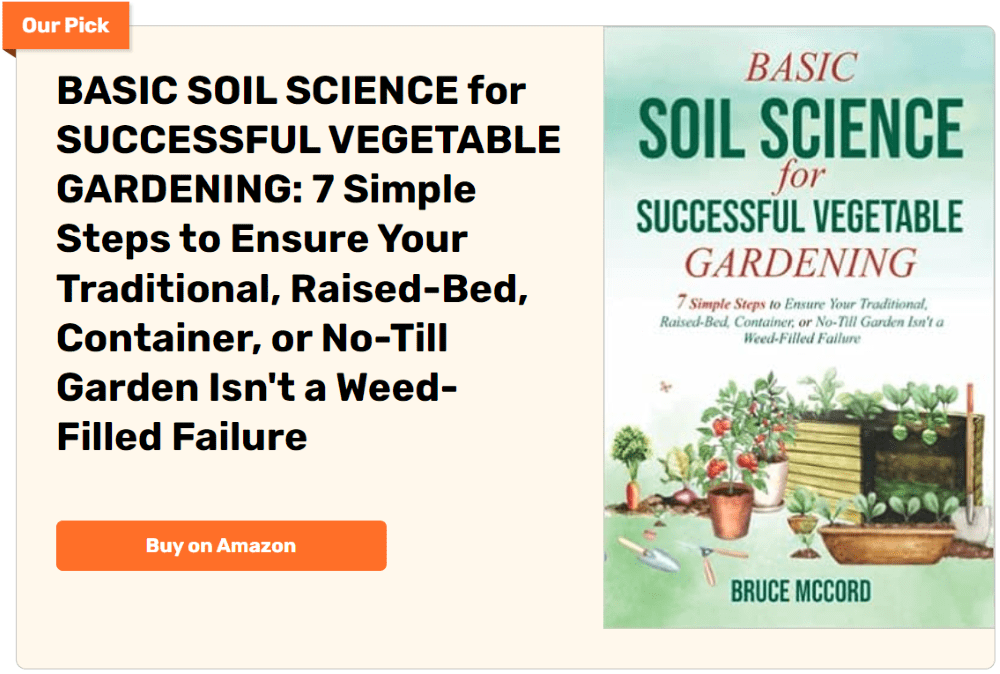
Sandy soil has a gritty texture. Sand is primarily small pieces of eroded rock. The particles are solid and have few – or no – pockets to hold water and nutrients. That’s why many plants perform poorly in sandy soil.
Sandy Soil Tolerant Vegetables
Contents
However, sandy soil does have some advantages. The medium drains well, is easier to work, and is less likely to carry bacterial and fungal diseases. Sandy soil also tends to warm earlier in the spring than other soil types, which can mean an earlier growing season.
Below are 9 vegetables that actually do well in sandy soil.
Lettuce
This delicious fresh salad favorite tolerates the dryness of sandy soils better than any other leafy green vegetable. You just need to make sure you water your lettuce daily and regularly, never allowing the soil above the roots to dry out. Hydration is especially important to the plant during hot or windy days.

Carrots
Carrots have tap roots. Clods of soil, like those in clay-based soil types, can obstruct and disrupt root development. Carrots grow better when their root systems can easily penetrate the ground. That need for depth and penetration makes sandy soil a perfect medium for growing the vegetables.
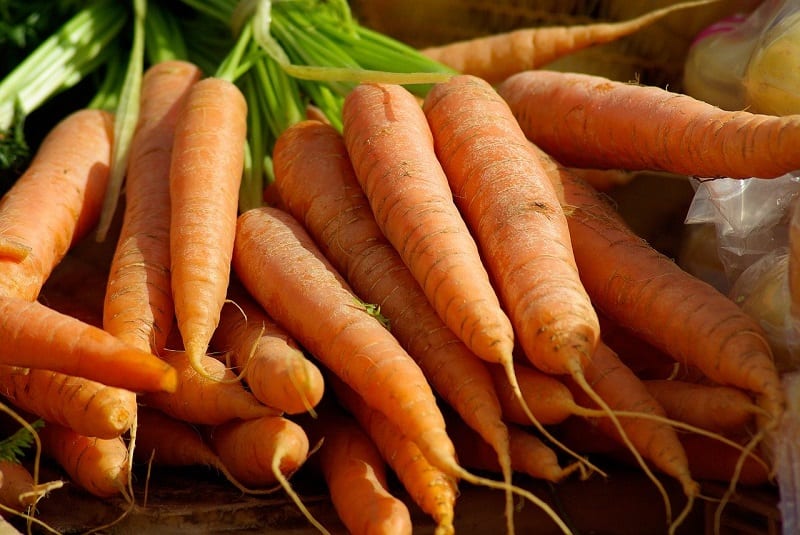
Asparagus
Grown best from the crowns in a sandy soil, asparagus is well-suited to growing in trenches. You can use bone meal or rock phosphate to fertilize your asparagus beds twice a week when growing in sandy soils. The amendments will ensure the highest yields from asparagus plants grown in a porous medium.
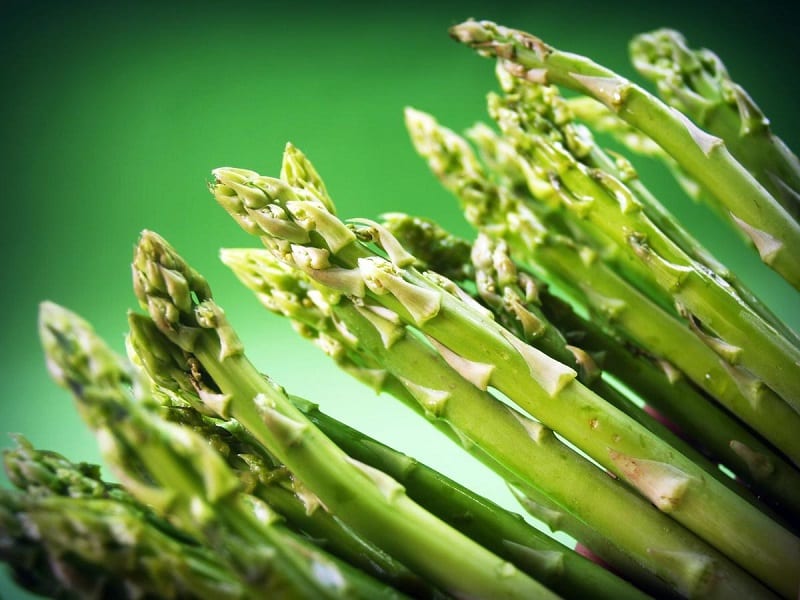
Tomatoes
While tomatoes can grow in many types of soil, they grow and fruit best in well-drained conditions and like loam or sandy loam with a medium texture. These soils provide enough air around the roots to reduce the risk of disease.
Tomatoes tend to root deeply, a tendency well-suited to sandy soil. Apart from holding too much water, heavy clay simply discourages root growth in tomatoes.

Onions and Garlic
Onion and garlic grow beneath the surface of the ground and prefer a sandy habitat. People use these pungent vegetables in almost every savory dish. Similar tasting herbs like chives and green onions will also grow well in a sandy garden bed.
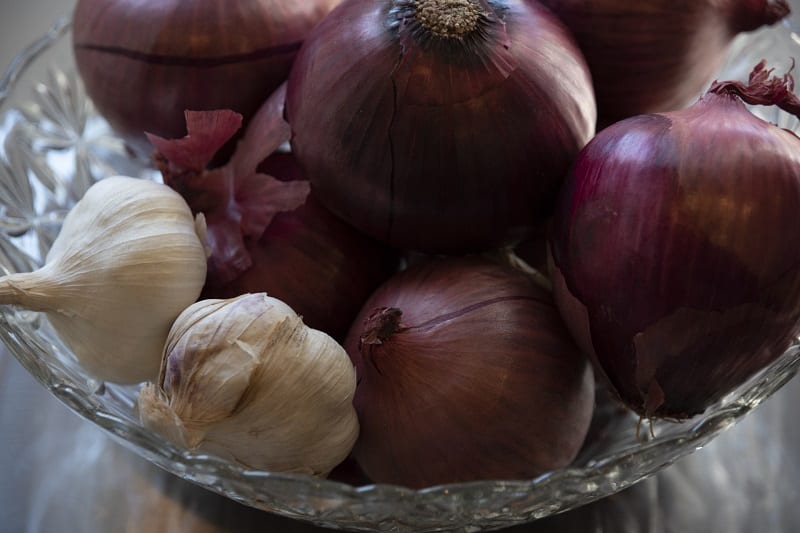
Potatoes
The potato is another root vegetable that flourishes in sandy soil. This is mainly because sandy soils have an acidic soil pH balance. Acidic soils reduce the possibility of scab, a disease that plagues potatoes, often infecting entire crops.
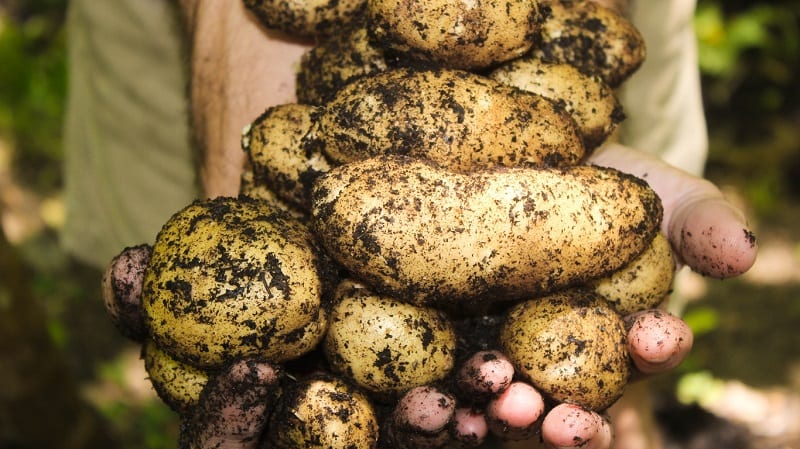
Collard Greens
Just like lettuce, collard greens tolerate the dry conditions of sandy soils better than other leafy greens. The vegetables also do well in the early spring. That makes them more suited for sandy soils, which warm faster than clay-based or loam-based soil.
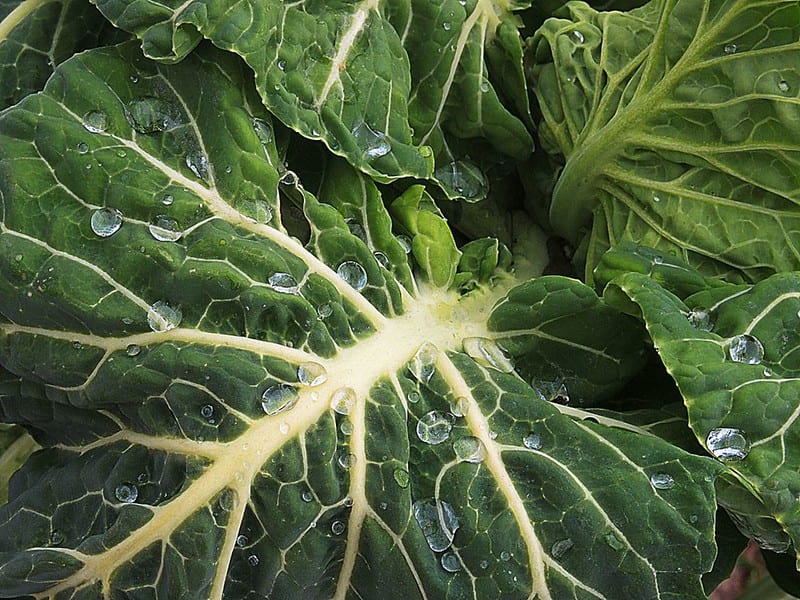
(Photo: Natural Flow/Flickr)
Zucchini
Zucchini is an annual summer crop and a heavy feeder that thrives in the warmth and excellent drainage of sandy habitats. The zucchini is a summer crop that is a heavy feeder. But as long as the plant’s fertilizer needs are met, zucchini will produce abundant fruit in a sandy patch of your garden.
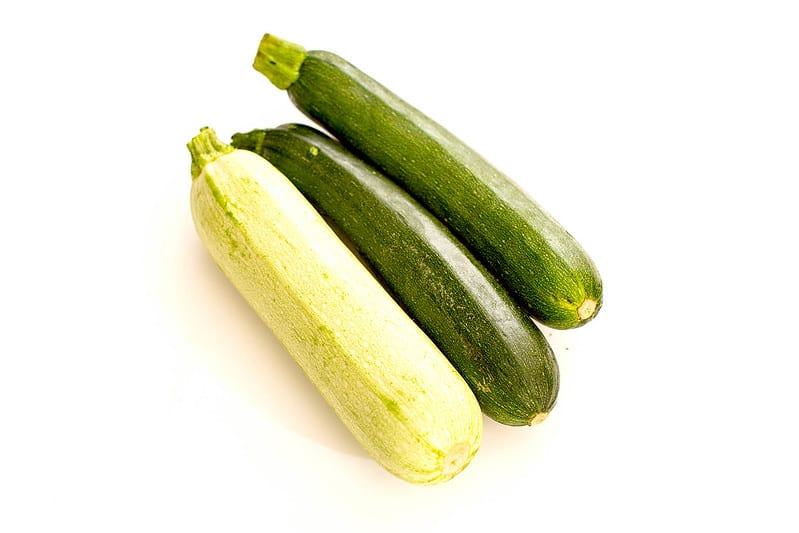
(Photo: Marco Verch/Flickr)
Radish
Radishes will be ready for harvest within three weeks of planting. Their fast turnover will be even more rewarding if the soil surrounding the root vegetable is free of any rocks or compacted soil. Radish plants in loose, sandy soil produce nicely rounded edible roots without indentations.
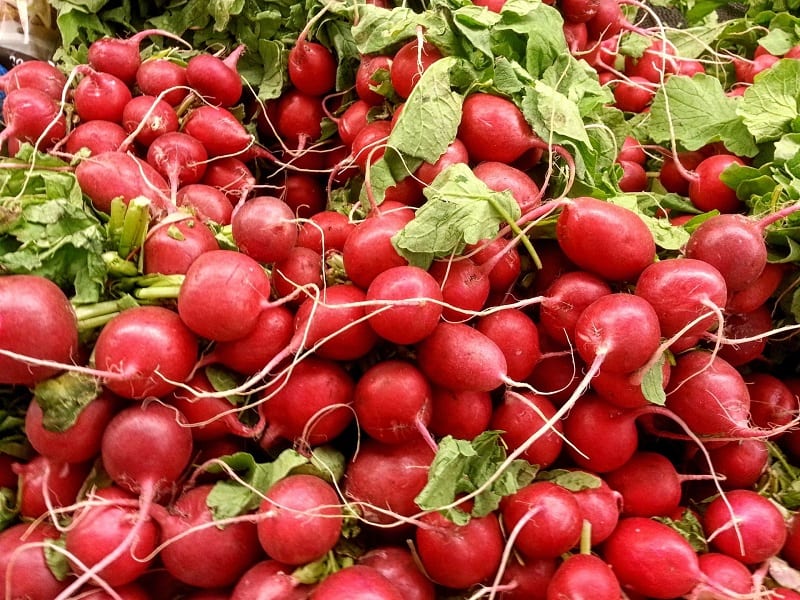
Benefits of Growing in Sandy Soil
Growing vegetables in sandy soil might seem challenging at first. However, sandy soil offers unique benefits that can lead to successful gardening. For those interested in cultivating sandy soil tolerant vegetables, understanding these advantages is key. Here’s a closer look at the benefits of growing in sandy soil.
Easy to Work With
Sandy soil is much easier to till and prepare for planting compared to heavier soils. This means less time and effort to create planting beds for sandy soil tolerant vegetables. Gardeners can plant, transplant, and harvest with minimal effort. This soil type also warms up more quickly in the spring, giving a head start to the growing season.
Improved Drainage
One of the standout benefits of sandy soil is its excellent drainage. This prevents water from pooling around the roots of sandy soil tolerant vegetables, reducing the risk of root rot and fungal diseases. While this means gardeners need to water more frequently, it also ensures that plants get just the right amount of moisture without the risk of overwatering.
Fewer Diseases
Vegetables grown in sandy soil are less likely to suffer from diseases caused by damp conditions. The fast-draining nature of sandy soil means that the surface dries out quickly, making it less hospitable for many pathogens. This is particularly beneficial for sandy soil tolerant vegetables that are susceptible to root and stem diseases.
Quick to Warm
Sandy soil warms up faster in the spring than clay or loam soils. This is a significant advantage for extending the growing season of sandy soil tolerant vegetables. Early warming allows for earlier planting of seeds and seedlings, leading to an extended growing season and potentially earlier harvests.
Easier Root Penetration
Vegetables that thrive in sandy soil often have deep root systems. The loose structure of sandy soil allows roots to penetrate more deeply and easily, accessing water and nutrients from below the surface. This is especially beneficial for root vegetables and sandy soil tolerant vegetables that require room to expand and grow.
By taking advantage of these benefits, gardeners can successfully grow a variety of sandy soil tolerant vegetables. With proper care and management, sandy soil can be just as productive as more traditionally valued soils.
Organic Matter Amendments
Improving sandy soil to support a wider variety of vegetables, including sandy soil tolerant vegetables, often involves adding organic matter. Organic matter amendments can significantly enhance the water and nutrient retention capabilities of sandy soil. Here’s how gardeners can enrich their sandy soil with organic matter.
Compost Adds Nutrients
Compost is a powerhouse amendment for sandy soil. It introduces essential nutrients that sandy soil often lacks, providing a rich environment for sandy soil tolerant vegetables to thrive. By mixing compost into the soil, gardeners can improve its structure, enhancing moisture and nutrient retention. This is crucial for the healthy growth of vegetables in sandy conditions.
Well-Rotted Manure Enhances Soil Life
Incorporating well-rotted manure into sandy soil boosts its fertility and introduces beneficial microorganisms. These microorganisms play a vital role in breaking down organic matter, releasing nutrients that sandy soil tolerant vegetables can easily absorb. Manure also improves the soil’s ability to hold water, benefiting vegetables that might otherwise struggle in sandy conditions.
Leaf Mold for Water Retention
Leaf mold, created from decomposed leaves, is an excellent amendment for improving water retention in sandy soil. It slowly releases nutrients into the soil, providing a steady supply for sandy soil tolerant vegetables. Mixing leaf mold into sandy soil can help create a more hospitable environment for vegetable roots, promoting healthier growth and development.
Green Manures/Cover Crops
Planting green manures, also known as cover crops, is an effective way to add organic matter to sandy soil. Legumes, grasses, or other cover crops can be grown and then tilled into the soil, adding nutrients and organic matter. This practice also helps protect against erosion, keeping the sandy soil in place for sandy soil tolerant vegetables.
Wood Chips or Bark for Long-term Improvement
Adding wood chips or bark to sandy soil can improve its texture and nutrient content over time. While these materials break down slower than other organic amendments, they provide long-term benefits by gradually enriching the soil. This can be particularly useful in pathways or as mulch around sandy soil tolerant vegetables, reducing water evaporation and suppressing weeds.
Watering Techniques for Sandy Soil
Watering sandy soil requires special techniques to ensure that sandy soil tolerant vegetables receive enough moisture without water quickly draining away. Here are effective watering strategies for gardeners working with sandy soil.
Deep Watering
Deep watering is a crucial technique for gardeners dealing with sandy soil, especially when cultivating sandy soil tolerant vegetables. This method focuses on delivering water directly to the deeper soil layers, encouraging the root systems of vegetables to extend further down in search of moisture. By doing so, plants become more resilient and better equipped to access water, even during dry periods.
The process of deep watering involves applying water slowly to the base of the plants, allowing it to penetrate deeply into the soil rather than remaining on the surface. This can be achieved through drip irrigation systems, soaker hoses, or even manual watering methods that target the root zone directly. The goal is to saturate the soil to a depth of at least 6 to 8 inches, ensuring the water reaches the deeper root zones.
Deep watering has several advantages over more frequent, shallow watering. Firstly, it reduces the need for frequent watering since the deeper soil layers retain moisture longer than the surface. This saves time and effort and conserves water—a crucial aspect of sustainable gardening. Secondly, by encouraging roots to grow deeper, plants are better anchored and can access nutrients from deeper soil layers, enhancing their growth and overall health.
For sandy soil tolerant vegetables, deep watering is particularly beneficial. Sandy soil’s quick-draining nature means that water applied to the surface tends to drain away before it can be fully utilized by the plants.
Deep watering counteracts this by ensuring moisture is available where plants need it most—at their roots. This technique is essential for achieving a bountiful harvest from vegetables that thrive in sandy conditions, as it directly addresses one of the primary challenges of sandy soil gardening: its low water retention capacity.
Use of Drip Irrigation
Drip irrigation is a highly efficient method for watering sandy soil, particularly suited for sandy soil tolerant vegetables. This system works by slowly releasing water close to the plant roots through a network of tubes, drippers, or soaker hoses. This targeted approach ensures that water is delivered precisely where needed, greatly reducing waste and preventing the unnecessary wetting of foliage, which can lead to disease.
One of the key benefits of drip irrigation is its ability to minimize evaporation. By delivering water directly to the soil surface, much less water is lost to the air than traditional sprinkler systems. This efficiency is crucial in sandy soils, where water drains away quickly. Drip irrigation keeps the soil evenly moist, providing a consistent supply of moisture that supports the growth and health of sandy soil tolerant vegetables without the risk of overwatering.
Furthermore, drip irrigation can be easily adjusted or expanded to meet the specific needs of your garden. Gardeners can control the flow of water to each plant, ensuring that each vegetable receives the right amount of water based on its individual needs. This customization makes drip irrigation an invaluable tool for maximizing the yield and health of vegetables grown in sandy soils.
Mulching
Mulching is an essential practice for enhancing the growth environment of sandy soil tolerant vegetables. By covering the soil with a layer of organic material, such as straw, grass clippings, or leaf mold, gardeners can significantly improve the soil’s moisture retention capabilities. This barrier between the soil and the air reduces water evaporation, allowing the soil to stay moist for longer periods. This is especially beneficial in sandy soil, where water retention is a major challenge.
Beyond moisture conservation, mulching offers several other advantages. It helps regulate soil temperature, keeping it cooler in the hot summer months and warmer during cooler weather.
This temperature stabilization is vital for the development of sandy soil tolerant vegetables, as extreme temperature fluctuations can stress plants and hinder growth. Moreover, as the mulch gradually breaks down over time, it adds valuable organic matter to the soil, improving its structure and fertility. This slow release of nutrients feeds the soil ecosystem, supporting the health and productivity of vegetable plants.
Additionally, mulch can suppress weed growth, reducing competition for water and nutrients. This not only saves time and effort in garden maintenance but also ensures that sandy soil tolerant vegetables have the best possible conditions for growth. By choosing the right mulch material and applying it correctly, gardeners can greatly enhance the viability and success of their sandy soil gardens.
Early Morning Watering
Watering sandy soil in the early morning is a strategic approach that significantly benefits sandy soil tolerant vegetables. This timing takes advantage of cooler temperatures and lower wind speeds, which minimize the rate of evaporation.
When water is applied during the early hours, it has a better chance of soaking into the soil and reaching the roots of plants before the sun’s heat can cause it to evaporate. This method ensures that the water penetrates deeply into the soil, providing a thorough watering that encourages deep root growth.
Early morning watering also has the advantage of setting up plants for the day ahead. By watering at this time, you ensure that your sandy soil tolerant vegetables have access to moisture throughout the day, which is crucial for their health and growth, especially in hot weather. This practice also helps in preventing the spread of diseases. Watering early in the day allows the foliage that gets wet to dry quickly as the sun rises, reducing the likelihood of fungal diseases that thrive in moist conditions.
Furthermore, early morning watering aligns with the natural dew cycle, supporting a plant’s physiological processes. It creates an environment that allows plants to efficiently use water for photosynthesis and growth from the start of the day. This strategic timing can lead to more efficient water use and healthier, more resilient plants.
Regular Monitoring
Regular monitoring of soil moisture levels in sandy soil is essential for the successful cultivation of sandy soil tolerant vegetables. Sandy soil’s rapid drainage can often lead to unpredictable moisture levels, which pose a challenge for consistent vegetable growth.
By checking the soil’s moisture at various depths, gardeners can make informed decisions about when to water. This helps in tailoring the watering schedule to the actual needs of the plants, rather than following a fixed routine that might not be suitable for current conditions.
This proactive approach to watering helps in avoiding the extremes of underwatering and overwatering. Underwatering can stress plants and reduce their yield and health, while overwatering in sandy soil can leach nutrients away from the root zone, reducing fertility and potentially leading to root rot or other water-related diseases. Regular soil moisture checks allow gardeners to apply water just when the plants need it, ensuring optimal growth conditions.
To effectively monitor soil moisture, gardeners can use tools like soil moisture meters or simply feel the soil at different depths. This practice is especially important during periods of rapid growth or hot, dry weather when plants’ water needs may increase.
By adjusting watering practices based on regular soil moisture assessments, gardeners can ensure their sandy soil tolerant vegetables receive the precise amount of water needed for healthy growth, maximizing the productivity and health of their garden.
Choosing the Right Vegetables for Your Garden’s Soil Type
Sandy soil does not always make for easy gardening. However, quite a few vegetables not only tolerate sandy conditions but actually prefer them. There is an abundant number of sandy soil tolerant vegetables to choose from.
If your garden has sandy soil, you may want to consider growing the vegetables we’ve listed above. You might find that you only need to amend a few small beds to accommodate other vegetable varieties.
That would mean a little less work for you and more time to enjoy the fruits of your labors.








